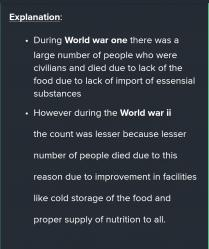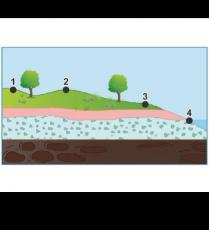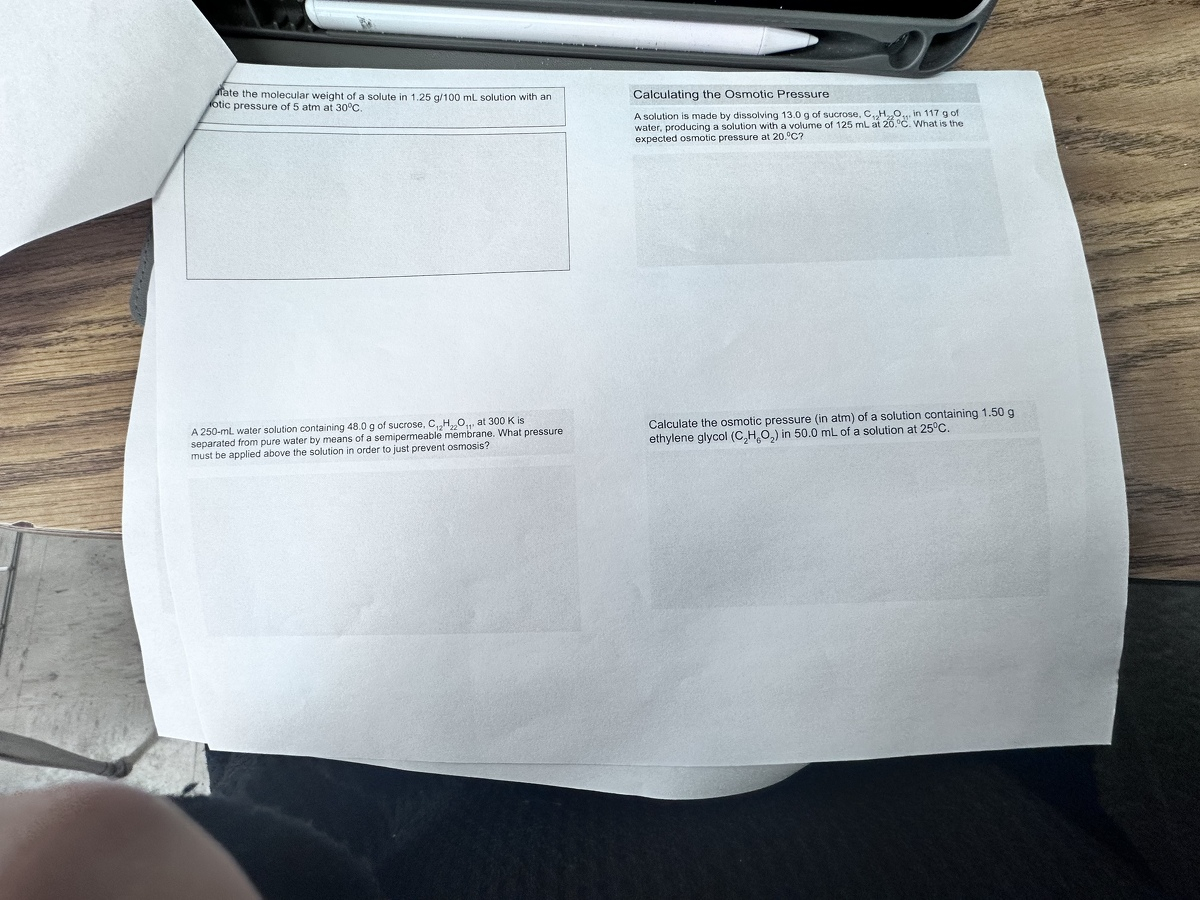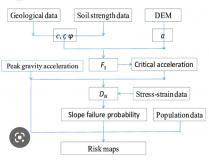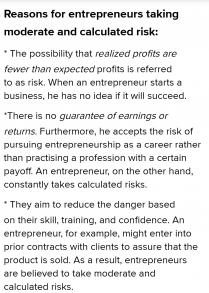Science plays a crucial role in cooking and the food industry. Many scientific principles are used in culinary arts to understand and manipulate the chemical and physical reactions that occur during food preparation. Here are the answers to your questions in a detailed and understandable manner:
1. How scientific principles are used in cooking:
- Heat Transfer: Understanding how heat is transferred and distributed during cooking is essential. It allows chefs to control cooking times, textures, and flavors. Different cooking methods utilize heat transfer in various ways.
- Chemical Reactions: Many cooking processes rely on chemical reactions to transform raw ingredients into delicious meals. Examples include caramelization, fermentation, and the Maillard reaction, where amino acids and sugars react to create flavors.
- Food Preservation and Safety: Science is also used to ensure food safety and extend shelf life. Techniques such as canning, freezing, pasteurization, and food additives are based on scientific principles to prevent spoilage and maintain quality.
2. Creative example of scientific principles in cooking:
One creative example is the use of liquid nitrogen to create "Dragon's Breath" cereal. Liquid nitrogen boils at an extremely low temperature (-196°C), and when it comes into contact with food, it rapidly evaporates, creating a dramatic visual effect and freezing the food instantly. This scientific technique is used to prepare frozen cereals or snacks, allowing people to experience a unique sensory adventure.
3. Script for sous vide infomercial:
Host: "Introducing the revolutionary sous vide tool, the perfect addition to your kitchen! With sous vide, you can achieve restaurant-quality meals without the hassle. But how does it work? Let's find out! By vacuum-sealing food in a bag and cooking it in a precisely temperature-controlled water bath, you'll achieve consistent and delicious results every time. Say goodbye to overcooked or undercooked meals!"
Host: "Now, let's talk about the benefits of sous vide. First, it retains the natural juices and flavors of the food, ensuring perfectly tender and moist results. Second, sous vide allows you to cook at lower temperatures, preserving nutrients and vitamins that are often lost in traditional cooking methods. Finally, it offers convenience and flexibility. With the precision cooking times, you can confidently multitask or even cook ahead of time!"
4. Cooking methods for a cooking competition:
- Dry Heat: Grilled steak. It is chosen because dry heat methods like grilling can enhance the natural flavors of meats while creating a caramelized crust. The steak would be cooked directly over high heat, providing a smoky and charred exterior while maintaining juiciness inside.
- Moist Heat: Steamed fish. Moist heat methods involve cooking with liquid, like steaming. Steaming fish gently and quickly helps retain its delicate texture and flavors without adding excess fat. The fish would be placed on a steaming rack above simmering water to cook evenly.
- Combination Heat: Braised short ribs. Combination cooking involves both dry and moist heat. Braising would be ideal for short ribs as they are slowly cooked in liquid (moist heat) after being seared (dry heat). This method breaks down tough connective tissues, resulting in tender and flavorful meat.
5. Training the meat specialist:
- Differentiating Proteins: Explain to the specialist that proteins come from various sources such as meat, poultry, fish, and plant-based options. Each protein source has unique characteristics in terms of taste, texture, preparation methods, and cooking times.
- Types and Grades: Teach the specialist about different types of proteins, such as beef cuts (e.g., sirloin, ribeye), chicken parts (e.g., breast, thigh), or fish species (e.g., salmon, trout). Additionally, discuss meat grades (e.g., USDA Prime, Choice, Select) to help them understand quality indicators based on factors like marbling and tenderness.
- Storage: Educate the specialist on proper meat storage procedures to ensure quality and prevent foodborne illnesses. This includes refrigeration temperatures, using suitable packaging, understanding expiration dates, and implementing the first-in, first-out (FIFO) method to manage inventory.
6. Cooking methods for camping with a fire:
- Grilling: Grilling over an open fire is a popular method while camping. It works well for burgers, hot dogs, sausages, and thick cuts of meat or vegetables that can withstand direct heat.
- Boiling: Boiling water can be easily achieved on a campfire. This allows for cooking pasta, rice, soups, or boiling eggs.
- Skewering: Skewers are great for campfire cooking. You can prepare kebabs with chunks of meat, colorful vegetables, and even fruits for a delicious and easy meal.
Remember to prioritize safety while cooking over a campfire, and ensure that the food is properly cooked and free from any contaminants or undercooking.
I hope these detailed explanations and examples help you understand how scientific principles are applied in cooking and various scenarios. If you have any further questions, feel free to ask!
 8
8  8
8  1
1  1
1  2
2  2
2 